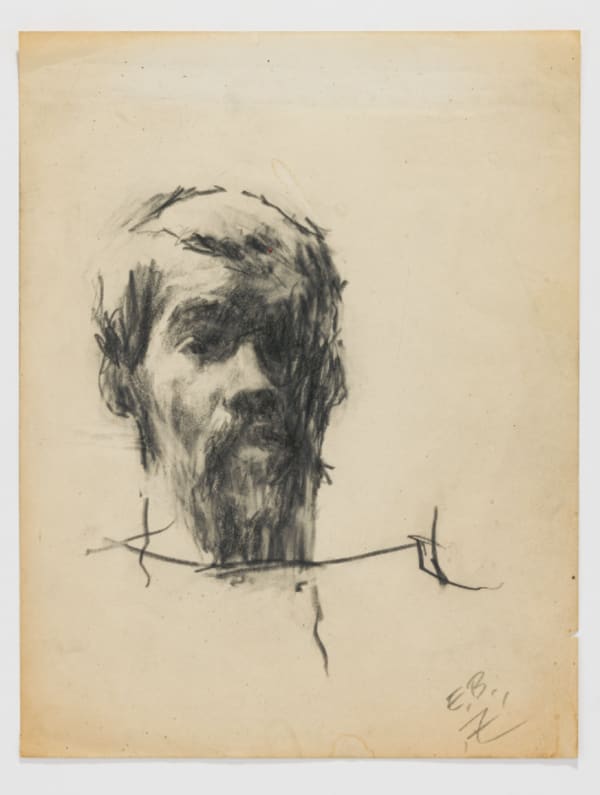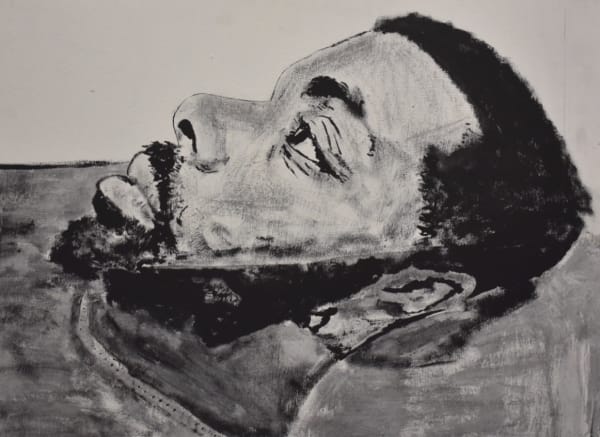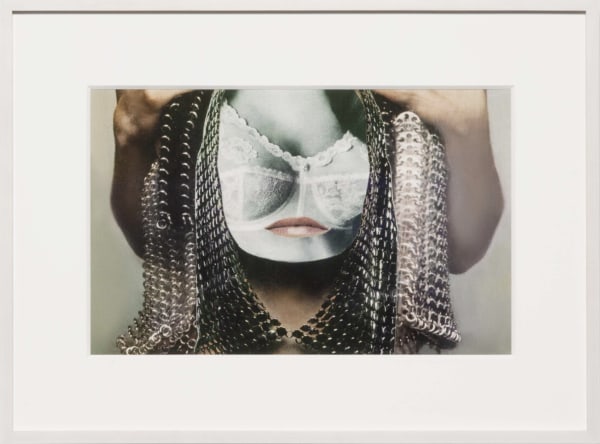Identity is never a singular phenomenon. It is a shifting constellation that brings together memory, culture, belonging, and displacement, all constantly revised, reclaimed, and reimagined. Fragments of Self brings together portraits from the Bader+Simon permanent collection, confronting the layers of stories we both inherit, the memories we create, and the journeys that make us who we become.
In light of the recent surge of immigration enforcement, trans rights being erased, and the political divide widening, holding tight to one's sense of self is imperative. When everyday freedoms are stripped away, questioned, and restrained, having a strong moral compass for oneself is sometimes the only thing that remains.
Fragments of Self invites viewers to engage not only with individual identity but also with the structural forces that shape it: gender, racial, and cultural identity, and the politics of belonging in a deeply divided society. It asks us to consider: who gets to belong, who gets erased, and who gets to define “home.”
Ultimately, this exhibition celebrates the courage to reveal, to resist erasure, and to claim visibility. It offers space for empathy — for seeing identity as dynamic, and for witnessing the dignity, humanity, and multiplicity of lives too often reduced to numbers or headlines.
-
 Sara Bennett Linda, 70, in the rec room for the medically unemployeed at Taconic Correctional Facility (2019)
Sara Bennett Linda, 70, in the rec room for the medically unemployeed at Taconic Correctional Facility (2019) -
 Ed Bereal Untitled (Self Portrait) EB-G3, (1958-1965)
Ed Bereal Untitled (Self Portrait) EB-G3, (1958-1965) -
 Jonathan Calm Double Vision (Three Generations) (2020)
Jonathan Calm Double Vision (Three Generations) (2020) -
 Janice Guy Untitled (1976)
Janice Guy Untitled (1976)












